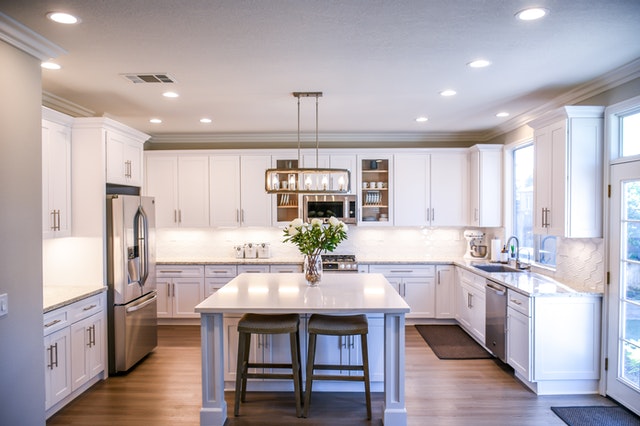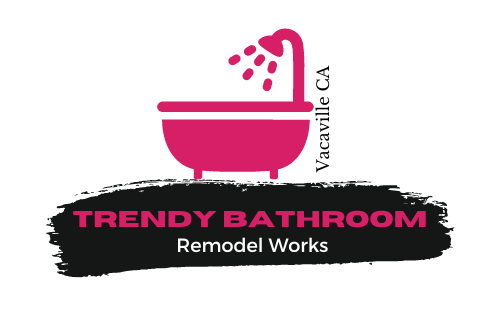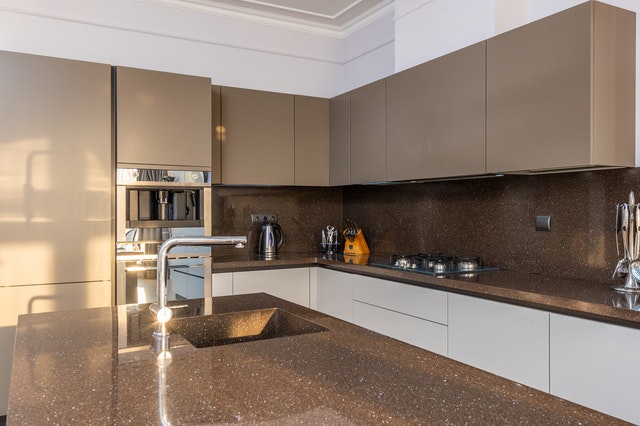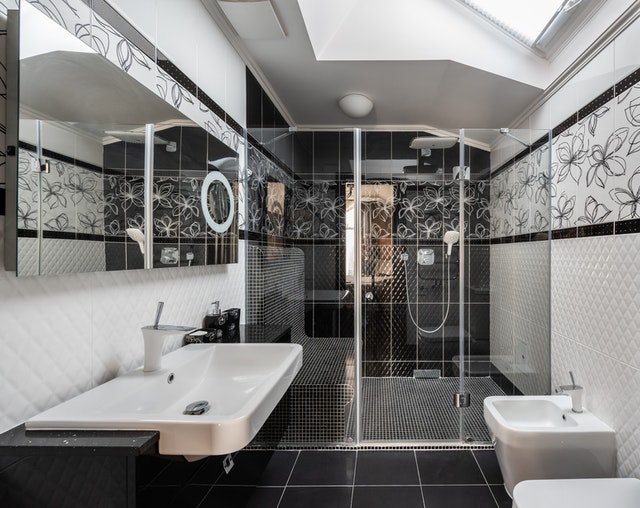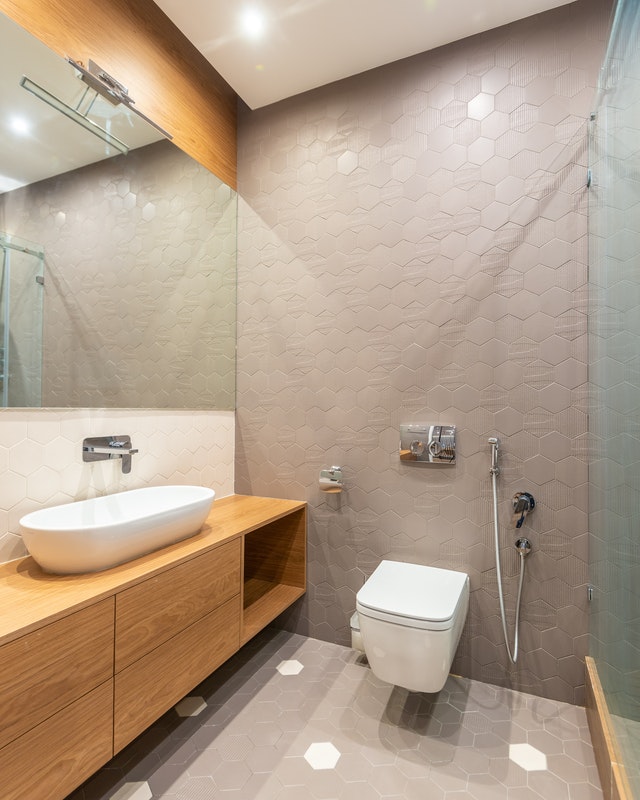Unless the cabinets have glass doors, don’t bother to paint the insides. Kitchen cabinets usually remain closed; even when they are open; whatever is stored inside usually hides the walls. With base cabinets, you must bend over or squat down to see inside. Of course, it may bother you to see unpainted interiors every time you open a cabinet door if you decide to paint them, follow the painting sequence
If you are considering whether to remove the cabinet doors, follow these basic guidelines.
- Don’t remove the doors if you are simply going to sand and paint them. However, you may find it easier to remove the doors than to paint around exposed hinges.
- Remove the doors if you plan to install new exposed hinges.
- Remove the doors if you are going to strip the old finish. This will allow you to apply a chemical stripper in the basement or garage or outside. Follow the direction for stripping wood work
Make sure that you get good results on your old cabinets by choosing the best quality primer and paint available. It is also a good idea to use new brushes and to invest in tack cloths for removing sanding dust.
Preparing kitchen cabinets
Prepare kitchen cabinets carefully before painting them. Use a fine grit sandpaper to sand the inside and outside of the cabinet doors and drawers. Sand the frame of the cabinet. This removes imperfections and provides a good base for the primer. Wipe up the dust with a tack cloth. Apply a coat of primer.
Kitchen Cabinets
If you want to paint the insides of cabinets, follow the sequence. If you want to paint only the outside of a cabinet, proceed as follows
Painting under wall cabinets
1. Cut in under the cabinets
Use a 2-inch brush to cut in under the cabinets. In most cases, you will be able to use the bottom edge of the wall cabinets as a guide. Painting this area can be awkward, as you must bend and reach across the counter to get to the wall.
2. Lay on and smooth the paint and feather the edge
Cover the rest of the area with a 3-inch brush. Then lie on and smooth the paint and feather the edge work in sections that span the distance between the bottom of the cabinets and the counter.
Painting kitchen cabinets
1. Paint the door
Use a new 3-inch brush to paint the inside of the door, using your free hand to hold the door in position. Don’t forget to paint the hinge-side edge of the door. Allow the paint to dry before closing the door. Then paint the outside of the door.
2. Paint the horizontal sections
Use a 2-inch brush to paint the horizontal sections of the cabinet frame. Don’t forget to paint the front the cabinet’s shelves.
3. Paint the vertical sections
Next, paint the vertical sections of the cabinet. Be sure to go over your work and correct any paint drips or runs that may have occurred.
4. Paint the sides
Finish by painting any exposed sides of the cabinet. These normally occur where neighboring cabinets are of different depths or at the end of a run of cabinets.
